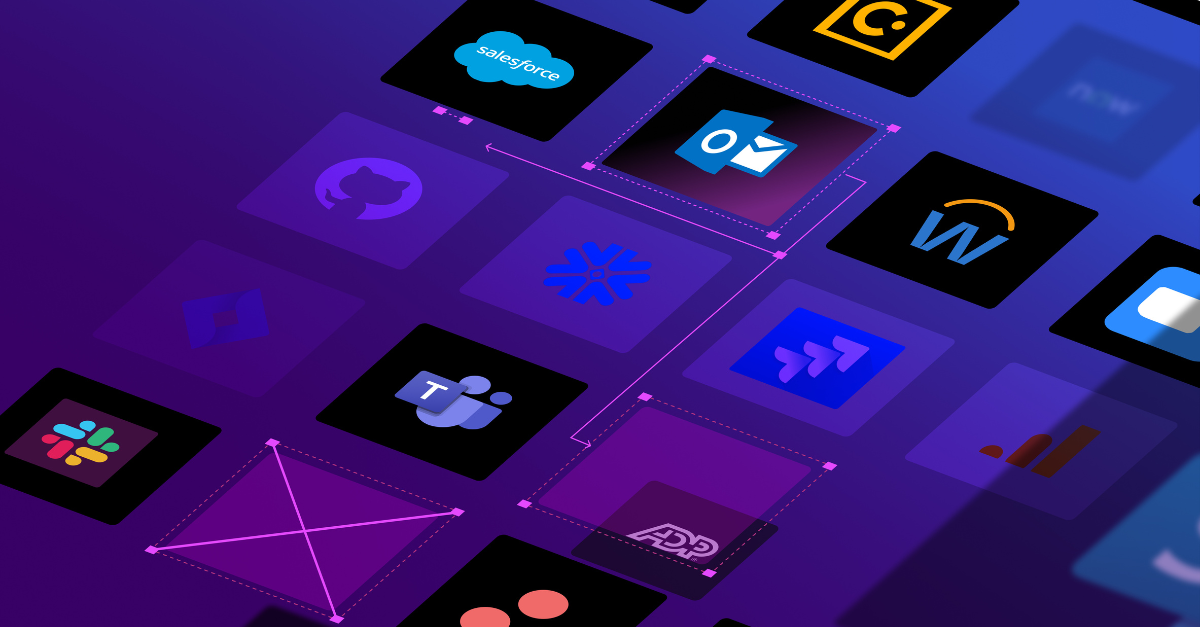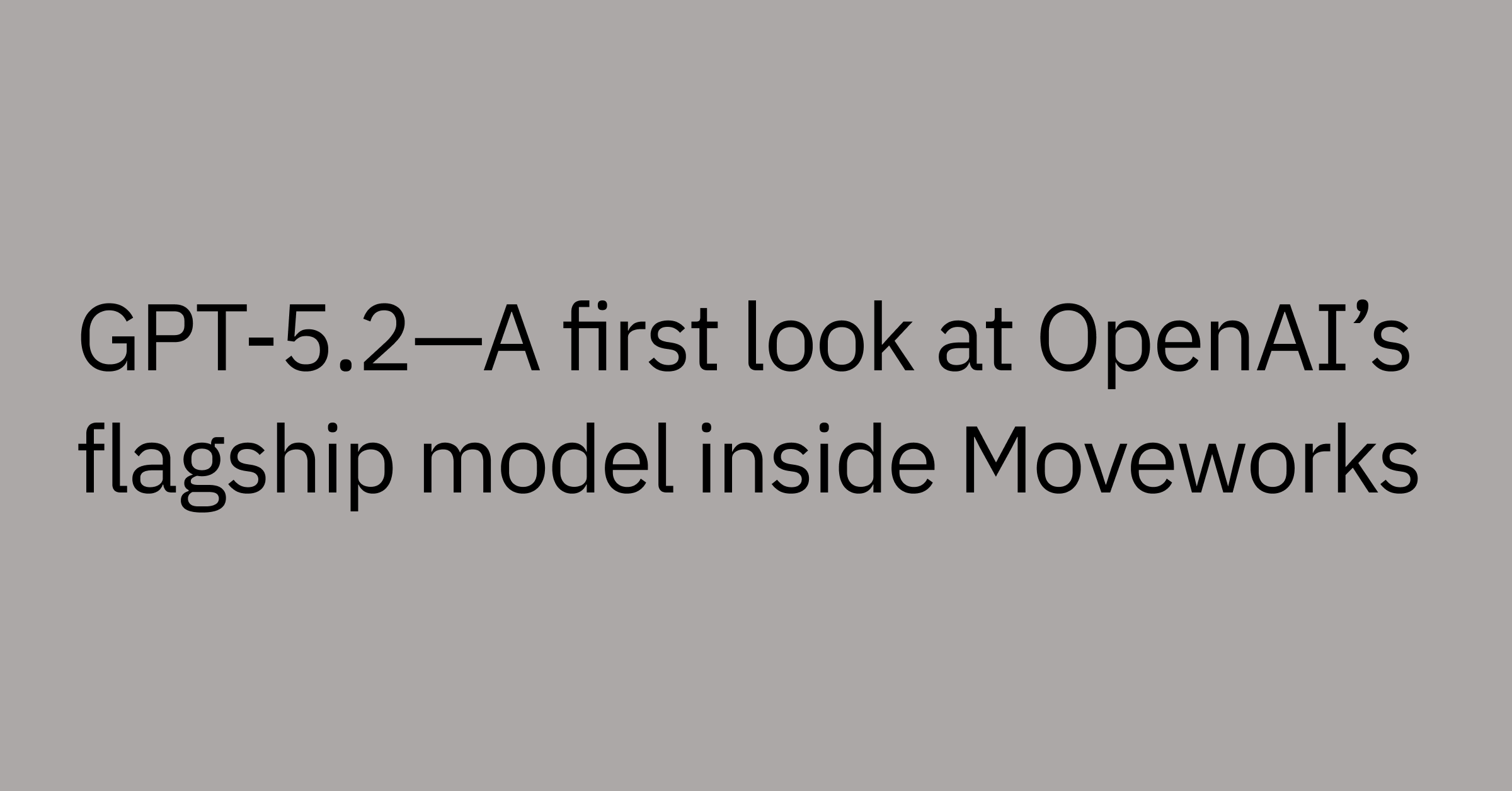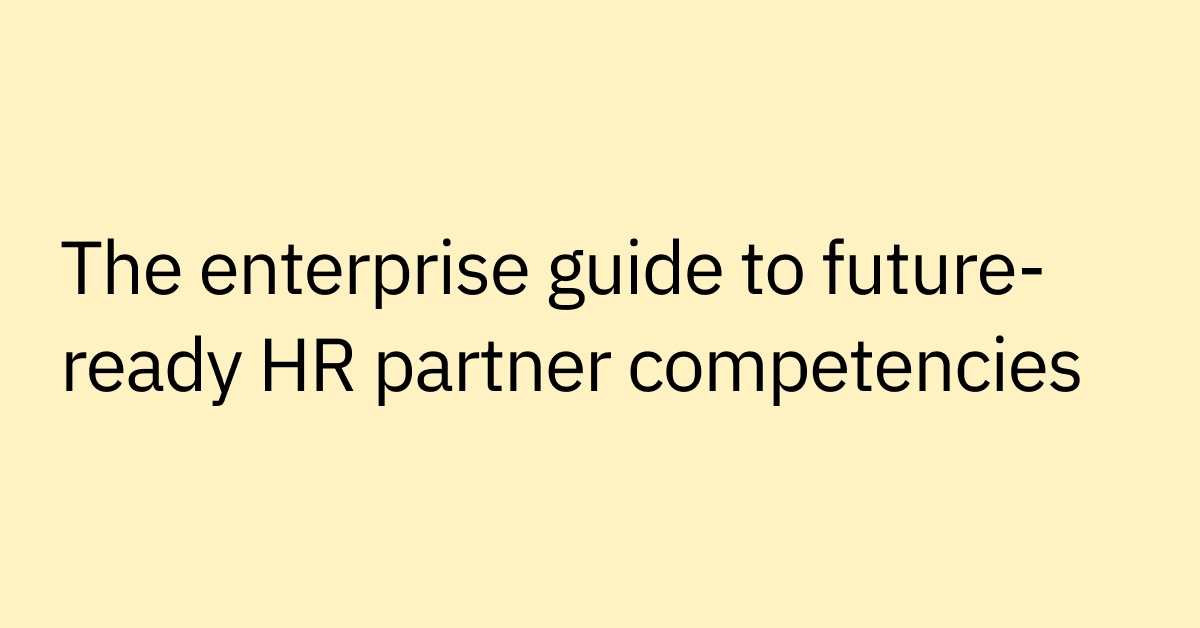Table of contents
There are two fundamentally different approaches to enterprise AI. That is why you have Honeywell on track to create $100 million in annual value from AI and at the same time you have publications asking “Where’s the ROI for AI?” and claiming “Finding the ROI for AI remains elusive for many organizations.”
So much of what you hear about is how AI is driving individual productivity and more importantly individual empowerment. This is great for sure. ChatGPT, Gemini, and others have given us a vision for how AI can empower all of us to do better work and work faster. But, forward looking business leaders are approaching AI with a different, more powerful approach.
I’ve had the opportunity to meet with and speak to thousands of CEOs, CFOs, CIOs, and department leaders over the years and we often discuss what they are trying to achieve with AI. They talk about transforming business processes, unlocking enterprise resources and improving business intelligence. These leaders know this kind of transformation leads to improved business productivity, agility, improved compliance, reduced costs, enhanced visibility, and data-driven insights.
As they look to implement AI they are confronting the two fundamentally different paths: End-user as the agent of transformation or Businesses as the agent of transformation.
End-user as the agent of transformation
In this approach, individual employees are equipped with AI tools to improve their own workflows, with the hope that these efforts will aggregate into broader transformation. However, this approach is inherently fragmented. Each employee operates within their own silo, resulting in uneven adoption, isolated improvements, and change that is inconsistent across the organization. Additionally, this method relies heavily on the initiative, skill, and interest of each individual, which can vary widely, leaving gaps in critical areas. The result is a patchwork of isolated successes that fail to address enterprise-wide inefficiencies, making long-term transformation harder to sustain and misaligned with strategic goals.
Many RAG providers and similar companies are taking this approach because it's easier to build and meets the needs of organizations with modest expectations for AI ROI. However, while this approach might seem to save time and feel like an effective way to transform, it’s not focused on corporate priorities so it fails to reduce operational costs or deliver tangible outcomes. CFOs and other executives are increasingly scrutinizing the value of investments made under this strategy. Many of those skeptical AI headlines are the result of the lackluster experience companies had after adopting this approach.
Business as the agent of transformation
When the business takes charge of the transformation, it systematically deploys AI to optimize entire systems and workflows, ensuring that change is cohesive, strategic, and scalable. AI agents are embedded into the organization’s processes, driving consistent, organization-wide improvements that are aligned with key business objectives. This approach allows the company to tackle the root causes of inefficiencies, rather than just the symptoms seen in isolated use cases. It enables cross-functional collaboration, eliminates bottlenecks, and ensures that the AI transformation isn’t dependent on individual initiative. As a result transformation efforts scale and bring lasting change.
Our bet is on businesses as the agents of transformation. But more important than our bet is the 350 enterprise companies that agree with us, have implemented Moveworks, and are delivering AI ROI today.
Organizations using this approach are building hundreds of agents that let employees go to a single interface and quickly open a job requisition, record quarterly performance goals, request software licenses, add new sales leads, view purchase orders, refer candidates, make lists of employees who have not completed training, approve/reject expenses reports, and much more.
But the possibilities get really interesting when the AI agents cross different systems. Imagine an HR team asking a bot to schedule a meeting for the CEO with all employees who joined during the quarter. The agent would determine that it needed to first tap into the human resources management system to find a list of employees, then it would turn to a calendaring system to find the time that is good for the most people — and open on the CEO’s calendar. Next it would book rooms across the company, add the meeting to everyone’s calendar and finally it would send an email list to HR so they can send out a note. Moveworks customers don’t have to imagine this, they can build this workflow today.
These kinds of agents are only possible if developers have a tool that lets them translate business processes into automations. These tools are complex to develop because they have to bridge the ambiguity of human language with the structured data of business systems. They also have to work across multiple business systems and applications.
That’s why, last fall, we decided to invest in a new automation engine as part of Moveworks Agent Studio — purpose built for building AI agents. This week we introduced it: Agentic Automation.
Agentic Automation gives developers a powerful engine that translates ambiguous natural language prompts into precise system commands. Agentic Automation is part of Moveworks' Agent Studio, which enables developers to quickly build the kind of advanced AI agents that can transform business processes, unlock enterprise resources and improve business intelligence.
When you build for the business, the transformation lasts.
If you're looking for an AI path, pursue businesses as the agents of transformation; explore Agentic Automation; and end up in the $100M value column and not the "Where’s the ROI?” article.
See how you can bring AI agents to life. Register for our webinar.



